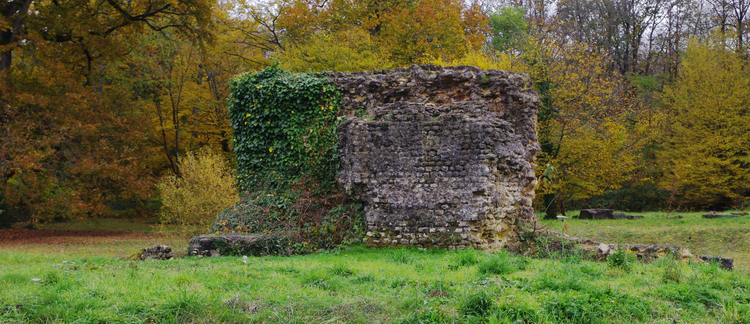Cosmologies Across Boundaries: Disrupting the Iron Age-Roman Distinction in the Study of Religion in the Roman Provinces
Special Issue Editors: Alena Wigodner, Pat Lowinger and Alexander Rome Griffin
While it’s inevitable that chronological boundaries play a role in our study of the past, these boundaries can be fraught in colonial contexts. Historically, our study of colonized peoples has been shaped by the way moments of contact or conquest mark the boundary between static prehistory and dynamic history. In the Roman world, it has become increasingly clear in the last few decades that, especially in the northern and western provinces, the distinction between 'Iron Age' pre-conquest and 'Roman' post-conquest is one of scholarly convenience masking a much more fluid and complex lived reality. Imagining this clear distinction has, in earlier periods of Roman scholarship, stifled our consideration of the dynamics of critical continuities across this boundary, but such challenges can be addressed by considering not only moments of rupture and replacement but also aspects of continuity or long-term trajectories of change. In areas such as urbanism, trade, and technological innovation, such recent research has contributed to decentering Roman power through focus on other-than-Roman agency in these provincial regions.
However, tracking issues of religion and ritual across this transition presents unique challenges. Roman influence is more easily interpreted given copious written and epigraphic evidence. It is also highly visible in the form of newly introduced deities and newly built sanctuaries. This is especially challenging in spaces where we have limited emic written records from the pre-Roman period, or where Roman stone sanctuaries replaced less imposing or less permanent architecture. Indeed, even the label 'religion' can be limiting because it implies a boundary between sacred and secular aspects of life, encouraging focus on evidence most traditionally associated with religion archaeologically: clearly delineated sacred spaces, named or depicted deities, and ritual practices with physical traces. For this reason, we instead focus our approach on cosmologies. Cosmologies permeate all aspects of life, reflecting the systems by which we structure the chaos of the world and understand our place within it. The papers in this special issue disrupt the boundary between Iron Age and Roman through the study of cosmologies in continuity, contact, and transition during this dynamic period.
Research Articles
Processional Routes, Orthopraxy and a Political Sacred Island: Exploring the Iron Age and Roman Religious Landscape of Hayling Island and the Chichester region
Anthony King FSA, Grahame Soffe and Kate Adcock
2025-05-16 Cosmologies Across Boundaries
Also a part of:
